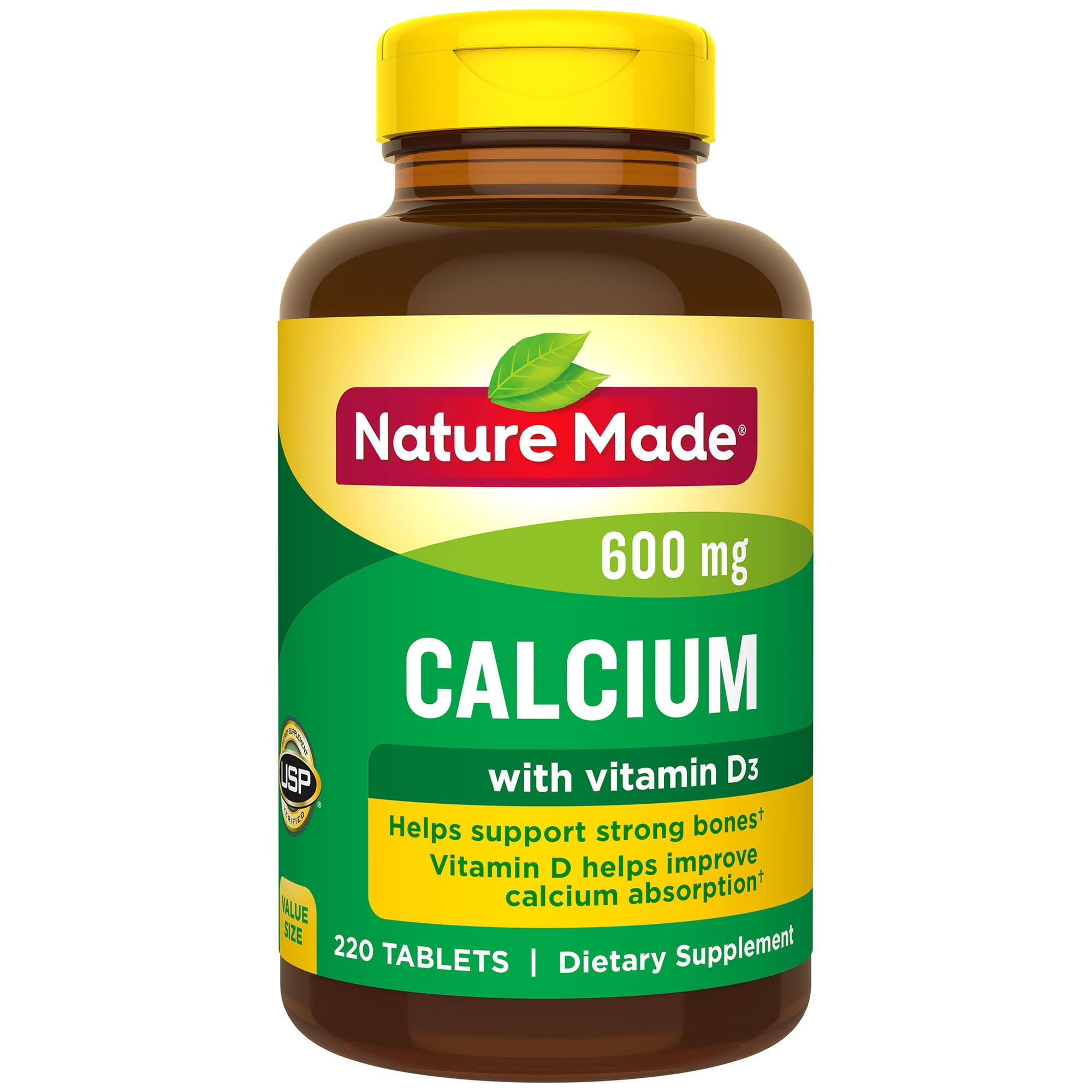

Subgroup analysis showed that combined calcium and vitamin D significantly increased femoral neck BMD only when the dose of the vitamin D intake was no more than 400 IU d −1 (SMD = 0.335 95% CI: 0.113 to 0.558), but not for a dose more than 400 IU d −1 (SMD = −0.098 95% CI: −0.109 to 0.305), and calcium had no effect on the femoral neck BMD. It also significantly reduced the incidence of hip fracture (RR = 0.864 95% CI: 0.763 to 0.979).

Results: Combined calcium and vitamin D significantly increased total bone mineral density (BMD) (standard mean differences (SMD) = 0.537 95% confidence interval (CI): 0.227 to 0.847), lumbar spine BMD (SMD = 0.233 95% CI: 0.073 to 0.392 P < 0.001), arms BMD (SMD = 0.464 95% CI: 0.186 to 0.741) and femoral neck BMD (SMD = 0.187 95% CI: 0.010 to 0.364). Randomized controlled trials (RCTs) evaluating the effect of combined calcium and vitamin D on osteoporosis in postmenopausal women were included in the present study. Methods: We searched the PubMed, Cochrane library, Web of science and Embase databases and reference lists of eligible articles up to Feb, 2020. Objective: The aim of the present study was to explore whether combined calcium and vitamin D supplementation is beneficial for osteoporosis in postmenopausal women.


 0 kommentar(er)
0 kommentar(er)
